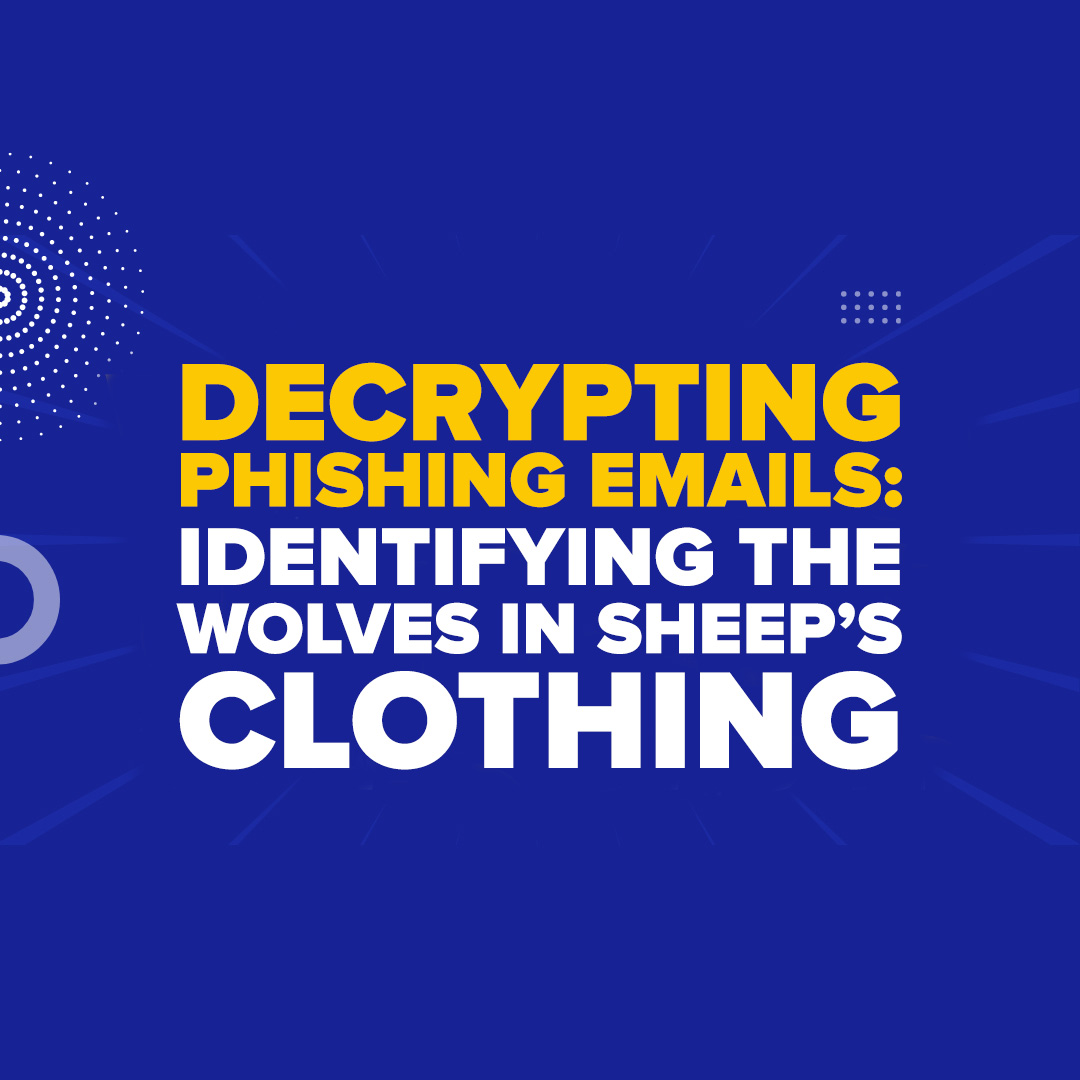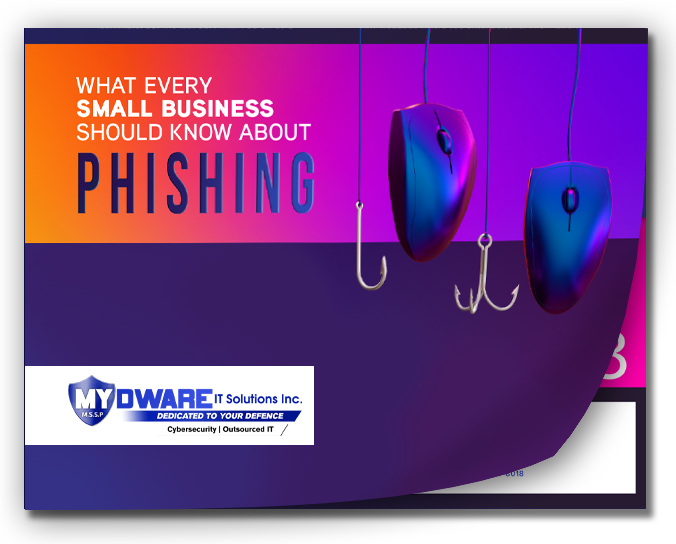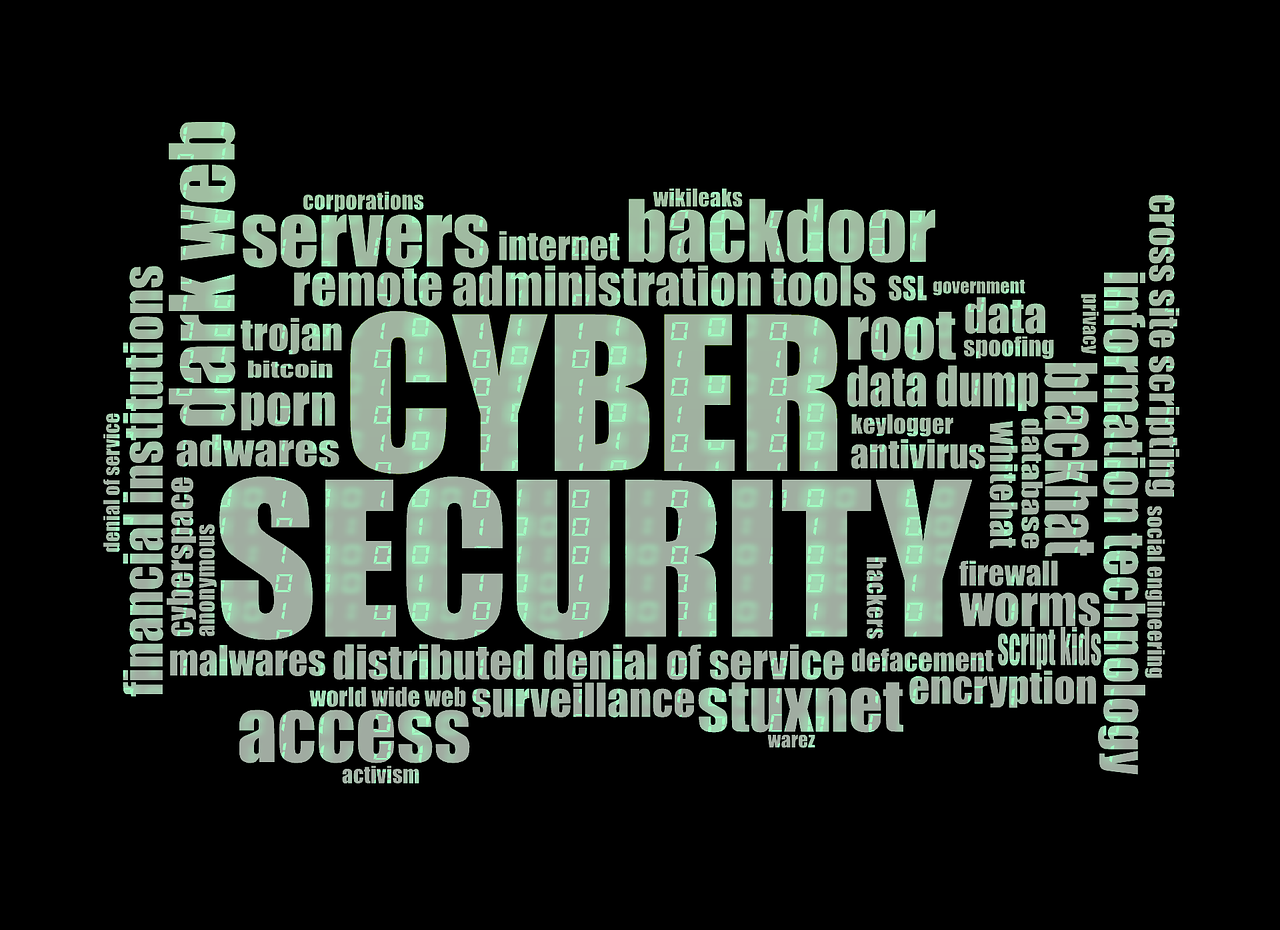
When it comes to safeguarding your business data, one thing is certain: phishing emails pose a significant threat. Imagine them as wolves in sheep’s clothing—deceptive messages masquerading as legitimate communications. These cunning emails often contain malicious links, attachments, or requests for sensitive information. They cleverly impersonate trusted entities, leaving unsuspecting recipients vulnerable.
To stay safe, knowledge is your best defense. Let’s delve into the most prevalent phishing scams from last year:
1. Finance-Related Phishing (54% of Attacks):
These emails arrive with pretend invoices or payment requests, aiming to extract financial information from recipients. Playing the part of banks or vendors, these tricksters lure you into revealing sensitive financial secrets. It's a hustle for the jackpot, and they're in it for the big score.
Once they crack the code, it's a goldmine of financial data – your bank details, credit card digits, and login credentials are up for grabs. The stage is set for a drama of fraudulent transactions, identity theft, and covert fund transfers. It's not just a heist; it's chaos.
Picture this: your inbox, the battleground. Phishing emails in disguise – fake invoices, payment pleas, and urgent financial drama. Click the wrong link, spill the beans, and bingo!
2. Notification Phishing (35% of Attacks):
Urgency is their weapon. They claim your password is about to expire or that you must take urgent action.
Cyber tricksters play the urgency card, weaving tales of impending doom like password expiration, forcing you into swift action.
Caught in the urgency whirlwind, victims take the bait, clicking on malicious links that pave the way to compromised accounts. It's a hacker's playground as they sneak into your domain, ransacking sensitive data or planting the seeds of malware mayhem.
Imagine this: an email screaming about your password's last breath, demanding an immediate reset. The urgency becomes the puppet master, pushing victims to dance to its tune without a second thought.
3. Document and Voicemail Scams (38% and 25% of Attacks, respectively):
These tactics involve deceptive files or messages designed to trick you into compromising your security.
Cyber schemers capitalize on trust in everyday file formats like PDFs and Word docs, or the familiarity of voicemail notifications.
Picture this: victims lured into opening deceptive files, only to find their systems infiltrated by stealthy malware. It's a security showdown that can escalate into data breaches, ransomware theatrics, or unwarranted access.
Now, imagine in your inbox: emails carrying attachments or voicemail alerts that seem harmless. But the unsuspecting, in their innocence, open these digital trojan horses, unknowingly paving the way for device compromise.
4. Lesser-Known Phishing Themes: Benefits, Taxes, Job Applications, and Property
While less prevalent, minor phishing themes remain a threat to those who may not recognize their tactics. These include emails related to benefits, taxes, job applications, and property.
Imagine this: unsuspecting victims unknowingly spill the beans on personal information tied to benefits, taxes, job applications, or property. It's a jackpot for cyber hustlers, paving the way for identity theft, financial woes, or the unwelcome breach of privacy.
Remember, vigilance is key. Familiarize yourself with these keywords and be cautious when encountering unexpected or urgent requests. Stay informed, and protect your business from phishing predators.
Still wondering why sweat the small stuff? Phishing threats mean serious business – think financial hits, data leaks, and a bruised rep. It's time to school your team on phishing perils and fortify your fortress with top-tier cyber security measures – protect that bottom line!
Supercharge your digital defense! FREE Cybersecurity Risk Assessment – your fortress upgrade starts now. Click for security, not surprises!




